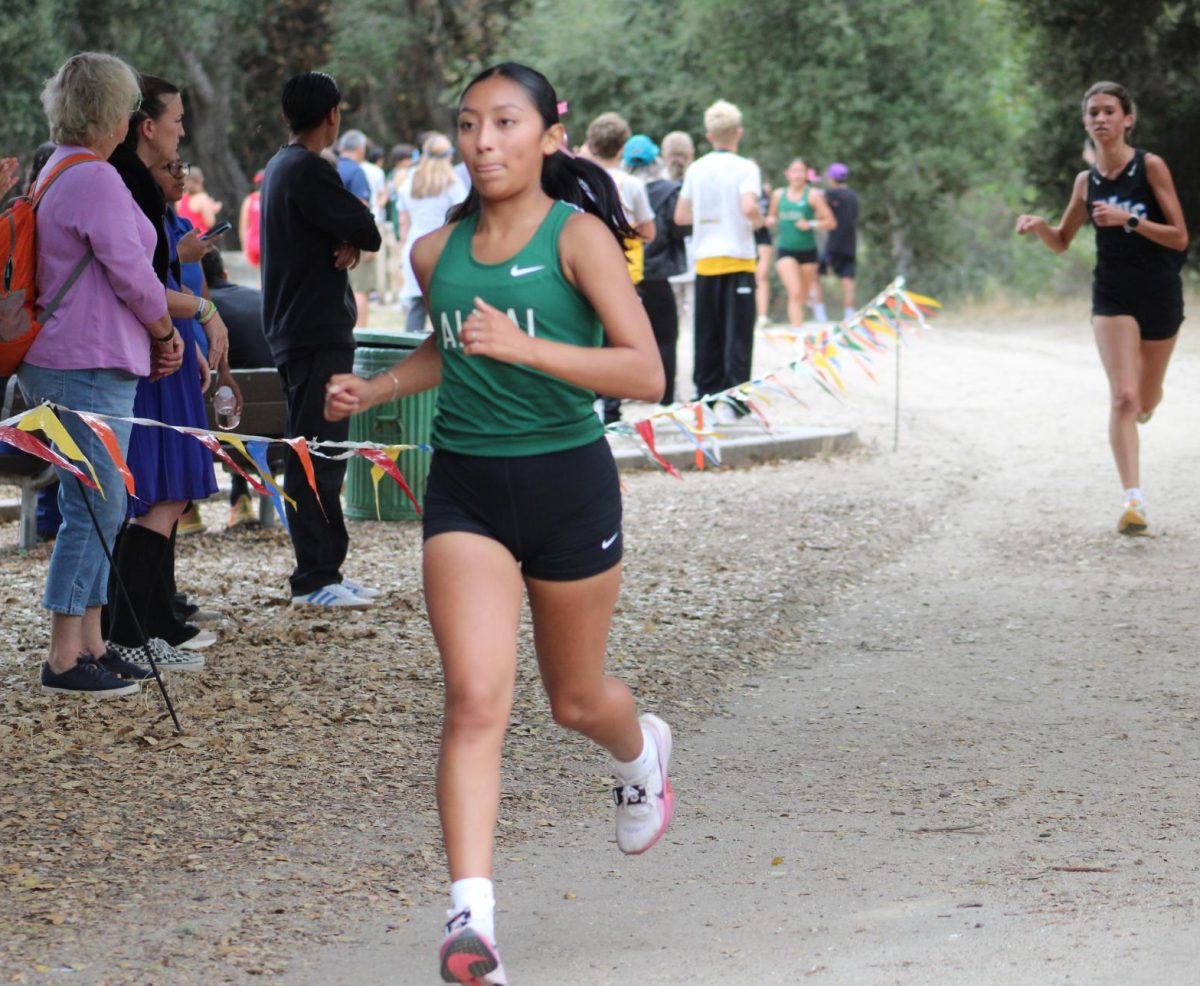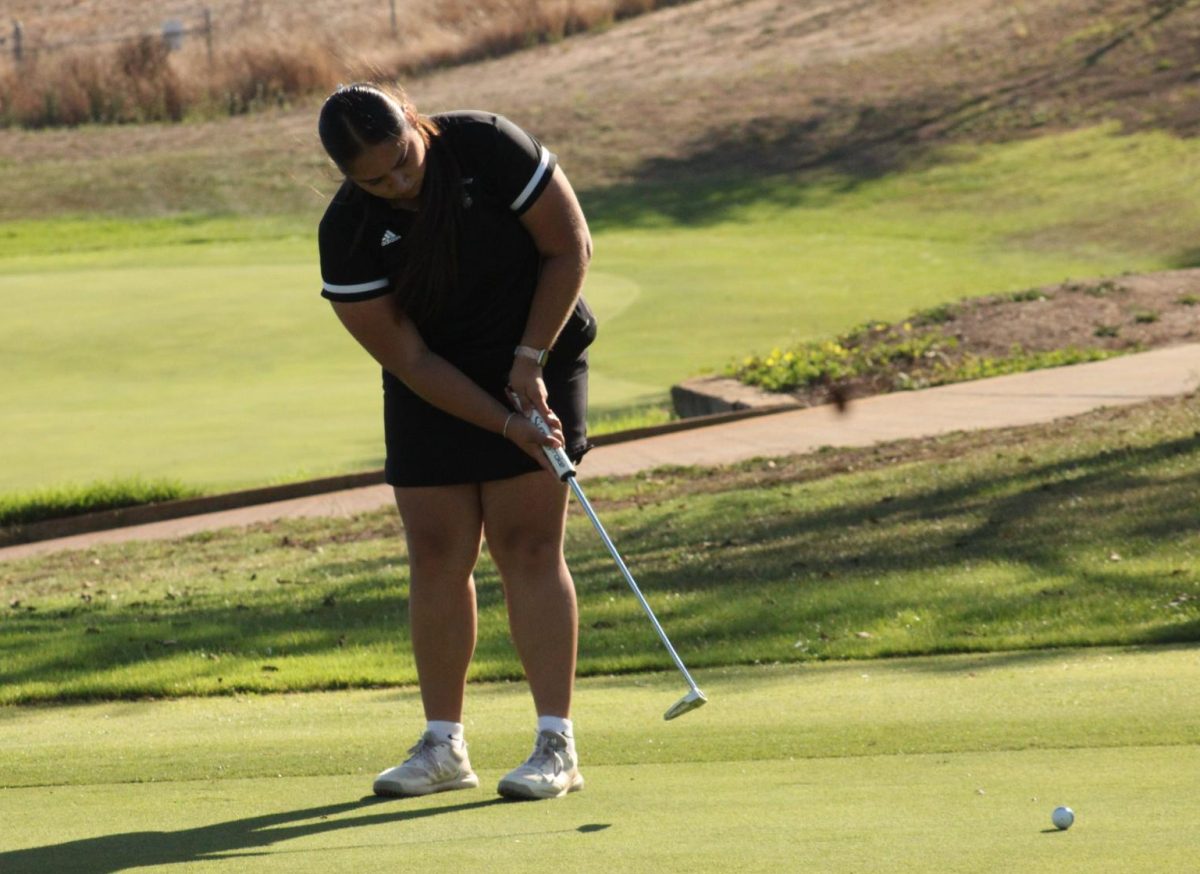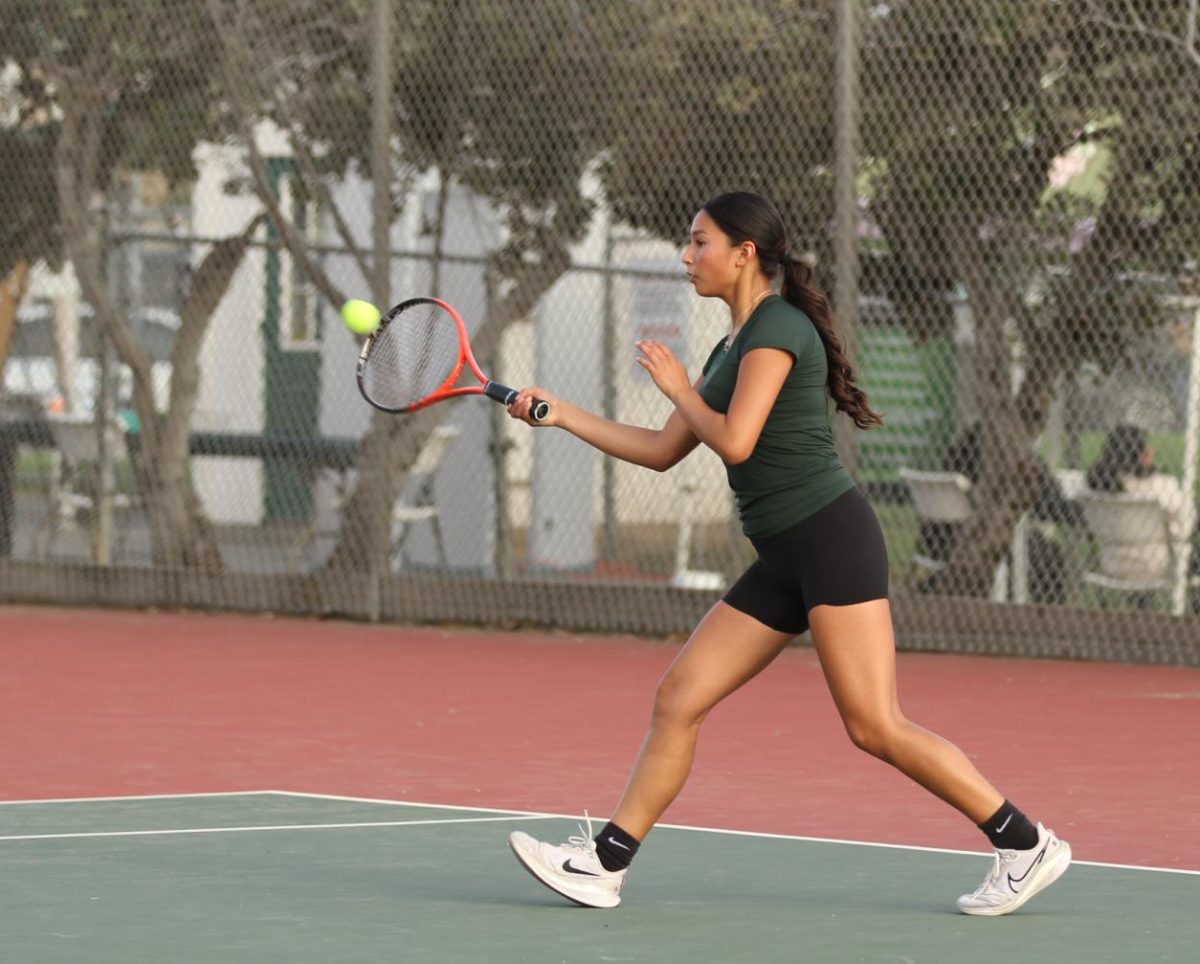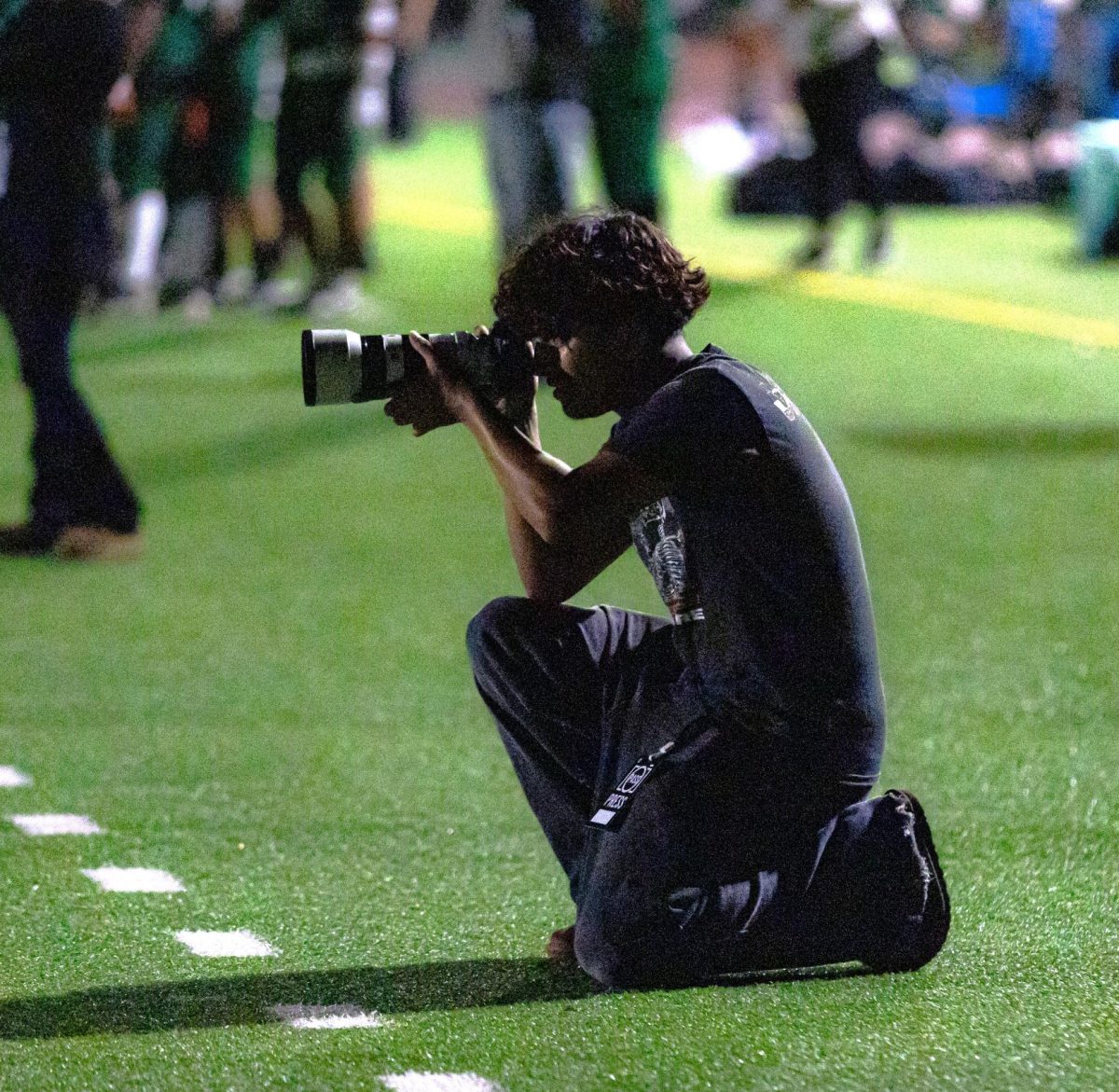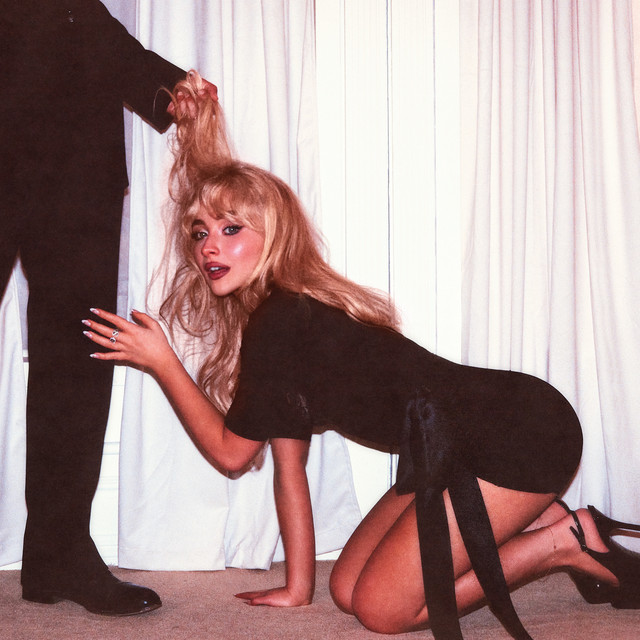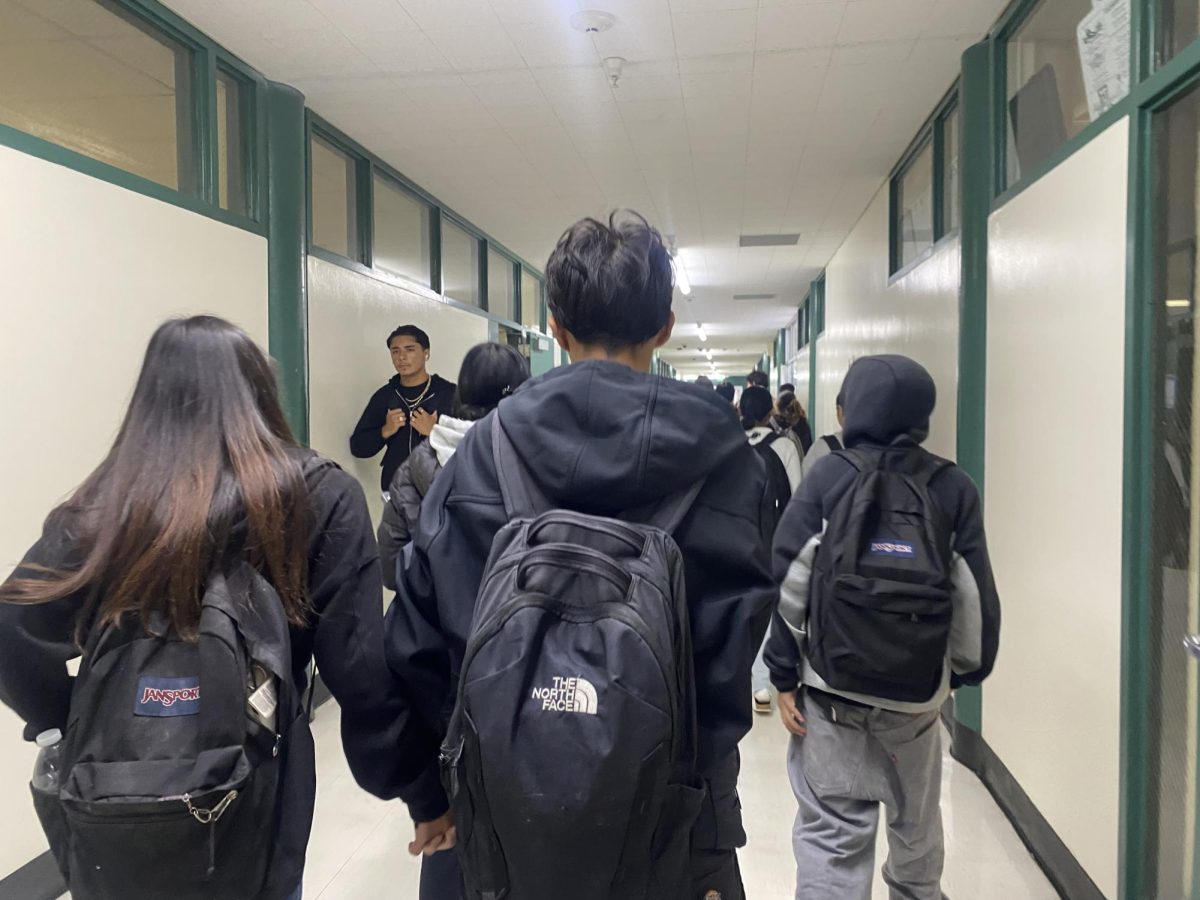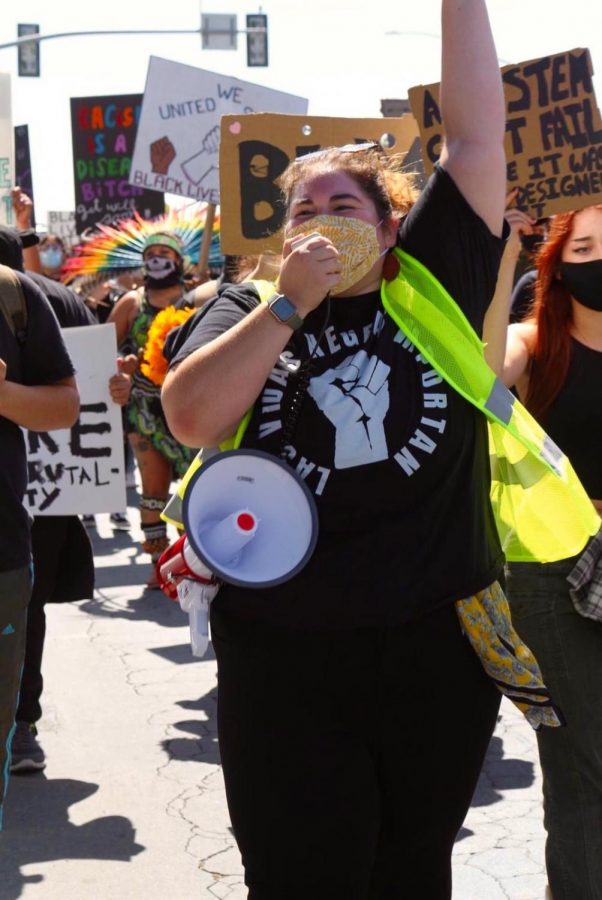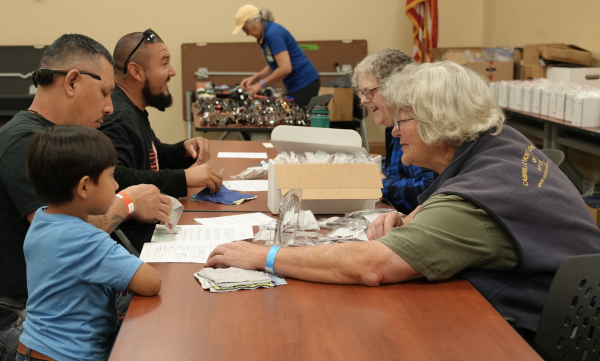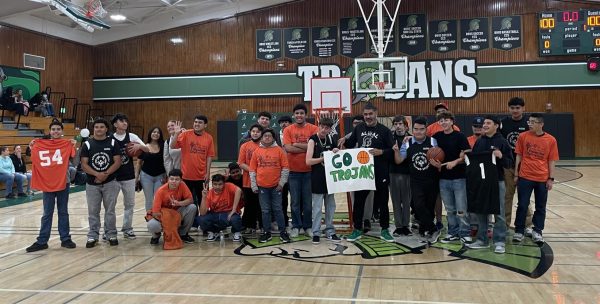Joining In the Fight For Justice
Organizer and teacher, Carla Gonzalez, rallying up support as she and other marchers participate in the Eastside to Seaside March.
#BlackLivesMatter. The movement has been buzzing around social media and the news as a response to the murders and arrests of innocent black people, trying to spark a change in systemic racism and police brutality.
Protests have been taking place throughout the country to shed light on this issue that has been going on for decades. During the month of June and July, Salinas residents, including Alisal students and staff, participated in these protests in hopes of amplifying black voices and spreading awareness on the current social issue at hand.
But how did this movement get started in the first place? Back in 2012, a young, black teenager by the name of Trayvon Martin was shot and killed while on his way home from a convenience store by George Zimmerman, who was later acquitted in court and was not found guilty for his crime.
It prompted black organizers Alicia Garza, Patrisse Cullors, and Opal Tometi to start the #BlackLivesMatter movement as a way to stand with the black community, regardless of gender, sexuality, or identity and build power to go against police brutality, systemic racism, and injustices inflicted against black people everyday. (https://blacklivesmatter.com/herstory/)
It wasn’t until late May of 2020 where the movement really took off in modern media. The killing of George Floyd brought the movement into the spotlight once more as people throughout the world marched in his name and advocated for the #BLM movement. Currently, protests are still going on throughout the nation, demanding justice for not only George Floyd but also Breonna Taylor, Ahmaud Arbery, Elijah McClain, and many others.
Residents of Salinas took notice of these injustices and decided to do something about it. Multiple protests took place throughout the summer, including the City Hall Protest and the Eastside to Seaside March where Alisal students and staff participated. Youth leaders Josue Gil and Mohammed Adam brought forth the idea of the Eastside to Seaside March. One of the two youth leaders, Gil, explains that he originally got involved when he heard about the Closter Park March after the main organizer, Xago, contacted him, asking if he wanted to help. However, this march got postponed and in that time, Gil spoke to the captain of the Monterey High School Basketball team, Mohammed Adam, and joined with him to try and make a statement on black and brown solidarity. From there, community leaders from both sides came together to make a plan on how to stand in unity with the black community.
From this group, the Monterey County Black and Brown Solidarity was born to bring together the Latinx and Black communities in unity to fight against the inequities. “I believe the common thread that brought us all to march was love. It’s a cliche, I know, but I really believe that it was love for our communities and our people that kept us motivated,” explains organizer Carla Gonzalez about the Eastside to Seaside March. “We, as members of the Latinx community understand what it is to be discriminated, and as such, it’s our duty to stand in solidarity with the Black community.” Gil expresses his thoughts on the Eastside to Seaside March as well: “I thought it went pretty well. It was pretty amazing to see both communities together and stand in unity. I also think it spreads a big message showing what can happen when both the Latino and Black communities come together.”
Senior Jessica Cabrera explains her experience marching for the Eastside to Seaside March: “Physically I was exhausted but throughout the March seeing people who were devoted to the cause truly inspired me to keep going for the injustices people of color face.” Despite the long walk and the constant obstacles, marchers kept going until they reached their destination of CSUMB, where they met up with the Seaside protestors. “When we conjoined the number of people doubled its size and we all began chanting the most powerful phrase. It felt as though our power increased and our voices amplified the streets,” she said.
Sophomore Harry Ordiano shares similar sentiments about marching for the Eastside to Seaside March: “I felt comfortable with the surroundings [of the march]. It was an empowering moment knowing we all walked together as one.” Ordiano had been attending different protests that had taken place in Monterey Bay including one in Monterey and one in Seaside. This protest was his third and he describes the overall experience as something he’ll always remember since he was fighting for a good cause. The sense of unity, Ordiano reveals, would be unforgettable. However, he recalls some of the obstacles that they had to face, such as the police blocking the path on their way to CSUMB, causing them to walk an extra hour. Despite this, he explains it was no issue as what they were advocating for was bigger than the issues they faced in the way.
Though much smaller in size compared to the Eastside to Seaside march, the City Hall Protest that took place on June 3rd saw similar experiences with its protestors like senior Cristal Martinez. “I felt satisfaction to see everyone be one and speak their truth. It makes me feel like changes can be made,” she explains. The City Hall Protest began on West Alisal Street, by Hartnell College and turned into a march to Salinas’ City Hall, where the main focus was more on police defunding and police brutality rather than black and Latino solidarity. The energy within the participants, however, was powerful, Martinez describes, and brought a sense of strength. “The feeling, the fact that I saw everybody synchronized is just amazing. The voices and the words they spoke, it looked so powerful.”
People everywhere want to know: what can I do to help? Protestors suggest attending a march, donating and signing petitions. Gil urges those who can go out and vote to do so. He believes that although the injustices won’t be gone overnight, as long as everyone does their part, they can win these battles little by little.
Cabrera suggests we speak to our families and try to educate them on the issues at hand. She believes that in the Latinx community, the biggest impact and change starts within our households first.
Ordiano said that listening to the speakers at a protest and really grasping their experience will help educate us further. Campaigning in social media if attending a protest is not possible and teaching ourselves on how to help will only help the cause more, he points out.
Martinez urges the community to do anything that is within their reach to help, whether is donating or buying from local black businesses as this is a humanitarian issue, and everyone must stand with each other.
Your donation will support the student journalists of Alisal High School. Your contribution will allow us to purchase equipment and cover our annual website hosting costs.

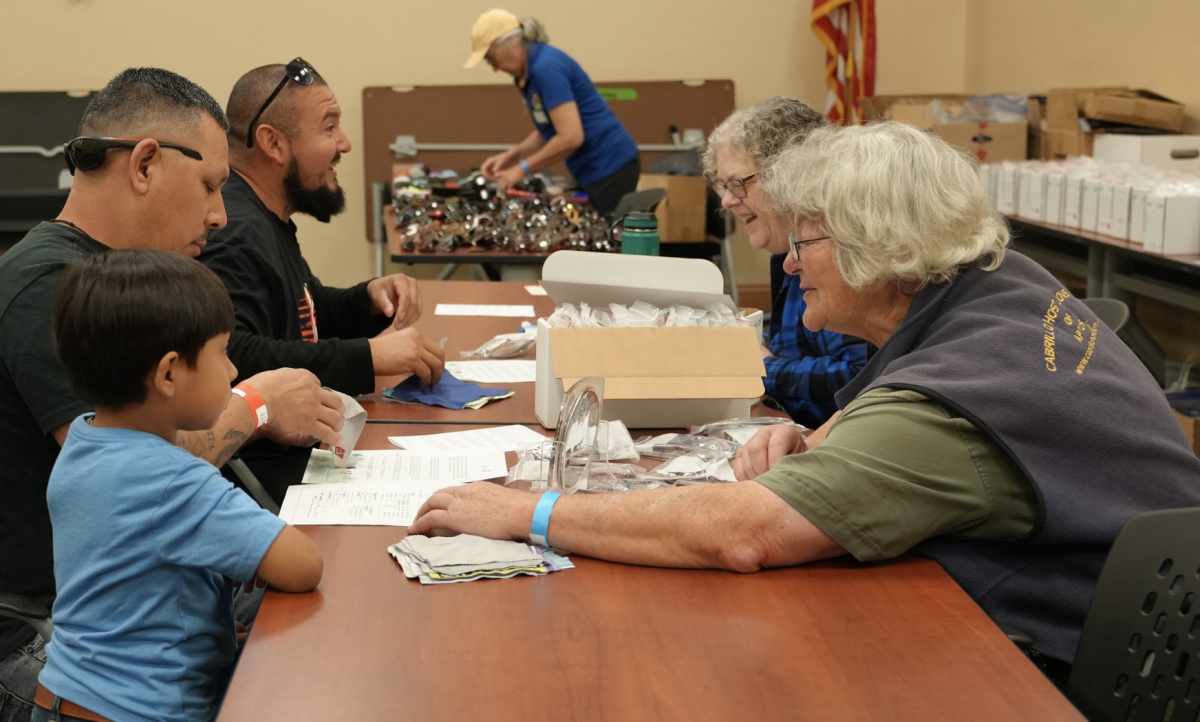
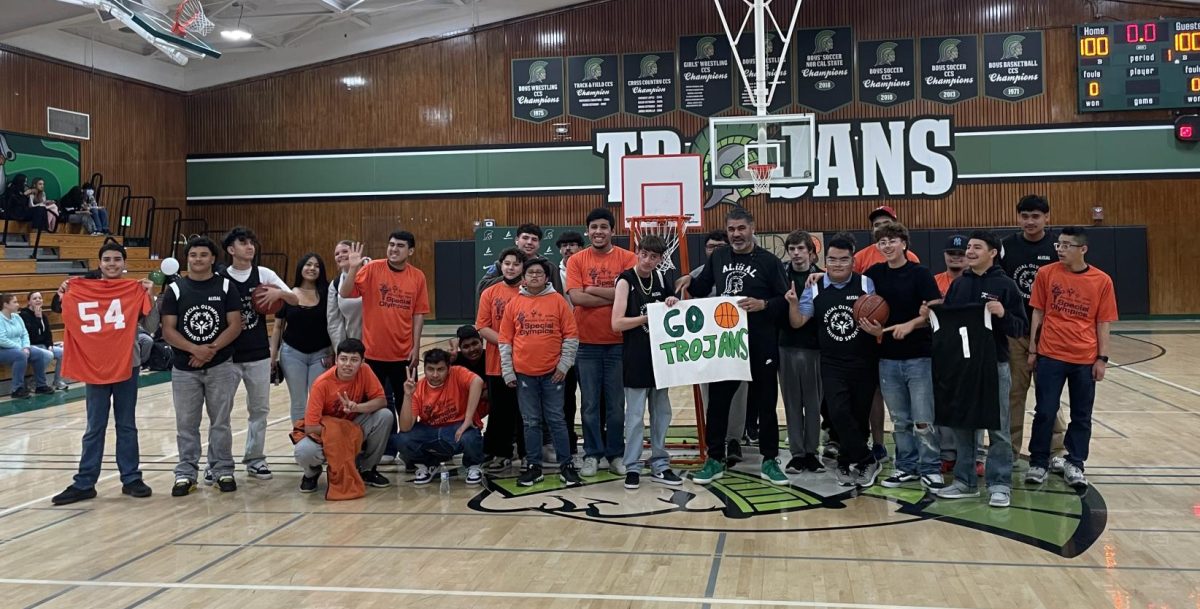

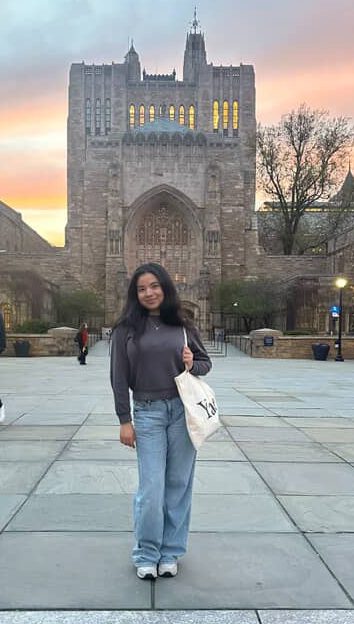


![Senior Jayden Duarte dives across the goal line for one of his five touchdowns in a dominant 62-40 victory over Monterey. It has been a highly successful season for Duarte, and he credits his coaches for putting him in positions to succeed and make key plays. “The goal is to help wherever the coaches need me, receiver, running back, [and] DB,” he said.](https://alisaltrojantribune.com/wp-content/uploads/2025/10/IMG_3599-2-1200x800.jpg)
